This article was medically reviewed by Luba Lee, FNP-BC, MS. Luba Lee, FNP-BC is a Board-Certified Family Nurse Practitioner (FNP) and educator in Tennessee with over a decade of clinical experience. Luba has certifications in Pediatric Advanced Life Support (PALS), Emergency Medicine, Advanced Cardiac Life Support (ACLS), Team Building, and Critical Care Nursing. She received her Master of Science in Nursing (MSN) from the University of Tennessee in 2006.
There are 9 references cited in this article, which can be found at the bottom of the page.
This article has been viewed 26,196 times.
If your neck hurts when you move or if it’s so stiff you can barely move it, you may have a sprained neck. While you should see a doctor to rule out any serious injury or conditions, there's a lot you can do to help treat your sprained neck at home. Just take it easy, as even a minor neck sprain can take 4-6 weeks to heal. In the mean time, follow along with our guide for home remedies, exercises, and stretches you can use to help ease your discomfort.
Steps
See a doctor to rule out other conditions.
-
Neck pain can be serious. If you suspect you’ve sprained your neck, go to the doctor so they can check it out and give you a diagnosis. Lots of other conditions can cause neck pain and some of them may be life-threatening, so it’s wise to err on the side of safety and get it checked out as soon as you can.[1] X Trustworthy Source Harvard Medical School Harvard Medical School's Educational Site for the Public Go to source
- Neck pain along with a fever and headache can be a sign of bacterial meningitis.
- If you feel pain and tingling going down one arm and into your hand, your doctor may find that you have a herniated cervical disk.
- If you can extend your neck much farther than usual after an injury, your doctor may need to do some x-rays to check for a fracture or torn ligaments.
Apply a cold compress for 20 minutes at a time.
-
This is most effective within the first 24 to 48 hours. Use an icepack, bag of frozen vegetables, or cold-therapy neck pillow to ice your neck for 20 minutes at a time. Wait at least 40 minutes until you ice it again. Cold treatment helps reduce inflammation by decreasing blood flow to the area, so it’s important to ice your neck within 24 hours of straining it.[2] X Trustworthy Source Harvard Medical School Harvard Medical School's Educational Site for the Public Go to source
- Don’t put ice directly onto your skin—wrap an ice pack in a towel and then apply it.
Use heat therapy after the first 48 hours.
-
Heat will help ease any stiffness in your neck. Drape a heating pad, heated towel, or hot compress around your neck for about 20 minutes at a time. Wait at least 40 minutes between heat applications. You can also take a hot bath or shower after icing your neck if you don’t have a compress.[3] X Trustworthy Source Harvard Medical School Harvard Medical School's Educational Site for the Public Go to source
- Don’t apply heat to a fresh injury! Use cold therapy for the first two days, then start using heat therapy.
Take over-the-counter painkillers for pain.
-
OTC meds can help you manage mild or moderate discomfort. If the pain from your sprained neck is mild to moderate, consider taking acetaminophen (Tylenol), ibuprofen (Advil), naproxen (Aleve), or aspirin to get some relief. If your pain is so extreme that over-the-counter drugs aren’t helping, ask your doctor about getting a prescription.[4] X Trustworthy Source Harvard Medical School Harvard Medical School's Educational Site for the Public Go to source
- Don’t take more tablets or capsules than the label recommends.
- Don’t take ibuprofen if you have stomach ulcers, liver cirrhosis, or kidney disease.
- Naproxen may decrease the effectiveness of antacids or blood pressure medications so avoid taking them together.
- Don’t mix different types of over-the-counter pain relievers together; take one particular kind and stick to it (i.e., take either ibuprofen or acetaminophen, not both).
Talk to your doctor about wearing a neck collar.
-
Keeping your neck stabilized may help ease your pain. With the approval of your doctor, wear a neck collar to immobilize your neck take some of the weight of your head off of your neck muscles. You can do this while you’re sitting down to work, eat, or just relax. Avoid wearing a neck collar for more than 3 to 4 hours at a time because doing so could weaken the muscles in your neck.[5] X Trustworthy Source Harvard Medical School Harvard Medical School's Educational Site for the Public Go to source
- Always discuss wearing a neck collar with your doctor first because, depending on your particular condition and severity of the strain, they may find it unnecessary or advise against it.
- If you're not wearing a neck collar, do your best to keep your neck as still as possible. Additionally, avoid sudden movements, as they might trigger your pain.
Use a pillow that will support your neck overnight.
-
Feather pillows and pillows that conform to your head are good options. Use a feather or memory foam pillow that will adapt to the natural alignment of your neck and head. If possible, get a cervical pillow especially made for neck support. If you’re a side-sleeper, make sure your pillow is higher under your neck than your skull to keep your spine and neck aligned as much as possible.[6] X Trustworthy Source Harvard Medical School Harvard Medical School's Educational Site for the Public Go to source
- Try tucking a small neck roll into the lower side of the pillow case to support your neck if you sleep on your side.
- Avoid using a pillow that’s too high or too stiff because it can cause your neck to stay flexed overnight, exacerbating soreness and stiffness.
- Avoid sleeping on your stomach because doing so is hard on your spine and forces your neck into a flexed position.
Tip: Take 200-400 mg of a magnesium citrate supplement before bed to promote muscle relaxation and better sleep. This might help you recover quicker from your neck sprain.[7] X Trustworthy Source PubMed Central Journal archive from the U.S. National Institutes of Health Go to source
Avoid activities that put extra strain on your neck.
-
Take it easy for a few days until you feel better. Don’t do anything that requires overusing your neck muscles. When it comes to sprains and soreness, sometimes your muscles and tendons just need time to heal on their own.[8] X Research source
- For instance, if you like to dance, take a few days off and be careful not to turn your neck too much when you return from your rest days.
- Running and jogging requires using your neck muscles to support your head, so skip your routine for a few days to avoid adding extra pressure on your neck.
Massage your neck to loosen tightness.
-
Use your fingertips to gently rub your neck. Start under your ears and slowly work your way down and around. Continue to massage your skin for 3-5 minutes. Repeat your massage 5-6 times a day to help you feel better.[9] X Trustworthy Source Cleveland Clinic Educational website from one of the world's leading hospitals Go to source
- If you like, apply a massage oil to your skin to make it easier to slide your fingers over your skin.
- Pay special attention to the knots and kinks in your neck.
Roll your neck up, down, and side to side.
-
These movements will gently stretch the muscles. Lean your head to the side (as if to touch your ear to your shoulder) and slowly roll your head forward until your chin is reaching down toward your chest. Then, slowly roll your head to the right side (so your ear is reaching toward your right shoulder) and back up. Perform this movement in the opposite direction to make 1 rep. Do 3 or 4 reps up to 5 times a day for a good all-around stretch.[10] X Research source
- If you’re experiencing stiffness, performing a gentle neck stretch a few times a day can help loosen up your muscles and lessen your recovery time.
- If you experience extreme pain from moving your neck at all, stop trying to stretch your neck muscles and see a doctor as soon as you can.
Tip: Do what feels right to you and stop if something feels painful or uncomfortable.
Stretch the back and sides of your neck with a neck tuck.
-
This stretch is the opposite of jutting your chin forward. Look straight ahead and then tuck your chin in towards your throat while slowly gliding your head backward. Keep your head level and facing forward. Hold this position for 5 seconds before returning to the starting position. You can do this stretch 5 times a day.[11] X Trustworthy Source Harvard Medical School Harvard Medical School's Educational Site for the Public Go to source
- You should feel the stretch in the back of your neck (near the base of your skull) and diagonally along the sides of your neck.
Do neck rotations to stretch the muscles on the sides of your neck.
-
Turn your head all the way to the left, then the right. Sit or stand upright with your chin level and your head facing forward. Then, slowly turn your head to the right as far as you can, holding the stretch for 15 to 30 seconds. Return your head to the starting position before turning your head to the left as far as you can for 15 to 30 seconds. Stretch each side 2 to 4 times per day.[12] X Research source
- You should feel this stretch in the sternocleidomastoid muscle that runs from behind your ear all the way down to your clavicle.
- Avoid letting your chin drop or jut out when you turn to the left or right side.
Do the uttanasana yoga pose to help relieve your neck pain.
-
Uttanasana is a gentle stretch that may ease tension. Stand with your feet about shoulder-width apart. Bend your knees slightly, then hinge forward at your waist in a forward fold. Gently shake your neck to loosen it and decompress your neck and spine. After a few breaths, slowly roll back up to a standing position.[13] X Trustworthy Source PubMed Central Journal archive from the U.S. National Institutes of Health Go to source
- This is a passive stretch that should help you get relief without stressing your muscles.
Loosen up the back of your neck with a forward neck flexion.
-
This is helpful if the back of your neck is tense. Start by sitting in a firm chair or standing upright with your shoulders down and back. Slowly bend your head forward so you’re reaching your chin to your chest. Go as far as you can and hold this position for 15 to 30 seconds before returning your head to the starting position. Do this 2 to 4 times each day.[14] X Research source
- You’ll feel the stretch in the back of your neck, your trapezius muscles, and all the way down to your upper back muscles around your spine.
Warnings
- If your neck is stiff or unable to move at all, see a doctor right away and don’t try to “snap” it free—you might cause more harm!⧼thumbs_response⧽
You Might Also Like
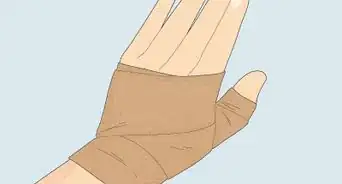


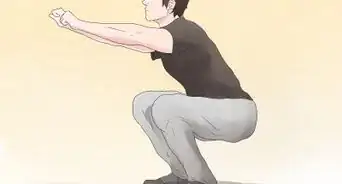
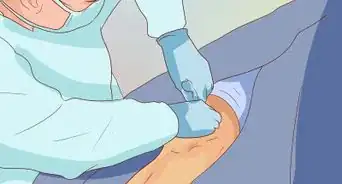

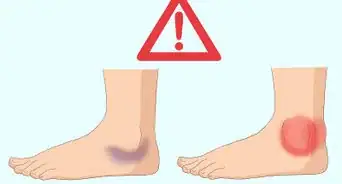
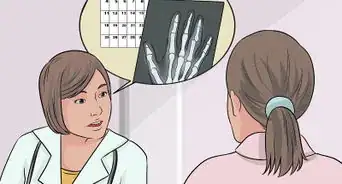
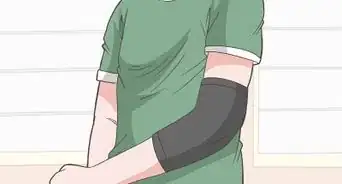

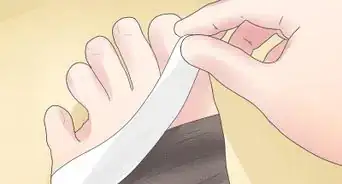
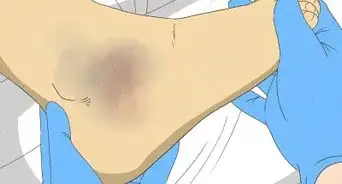 Sleeping with a Sprained Ankle: Bedtime Tips, Daytime Care & More
Sleeping with a Sprained Ankle: Bedtime Tips, Daytime Care & More
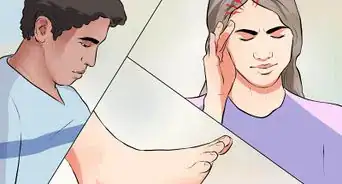
References
- ↑ https://www.health.harvard.edu/special-health-reports/neck-pain-a-troubleshooting-guide-to-help-you-find-relief
- ↑ https://www.health.harvard.edu/pain/how-to-soothe-a-sore-neck
- ↑ https://www.health.harvard.edu/pain/how-to-soothe-a-sore-neck
- ↑ https://www.health.harvard.edu/pain/how-to-soothe-a-sore-neck
- ↑ https://www.health.harvard.edu/pain/how-to-soothe-a-sore-neck
- ↑ https://www.health.harvard.edu/pain/say-good-night-to-neck-pain
- ↑ https://www.ncbi.nlm.nih.gov/pubmed/23853635
- ↑ https://www.spine-health.com/conditions/neck-pain/treatment-neck-pain
- ↑ https://health.clevelandclinic.org/knots-in-your-neck-how-to-try-a-trigger-point-massage-to-release-them/
- ↑ https://www.spine-health.com/conditions/neck-pain/neck-strain-causes-and-remedies
- ↑ https://www.health.harvard.edu/pain/how-to-soothe-a-sore-neck
- ↑ https://myhealth.alberta.ca/health/AfterCareInformation/pages/conditions.aspx?HwId=zp4468
- ↑ https://www.ncbi.nlm.nih.gov/pmc/articles/PMC4278133/
- ↑ https://myhealth.alberta.ca/health/AfterCareInformation/pages/conditions.aspx?HwId=zp4468
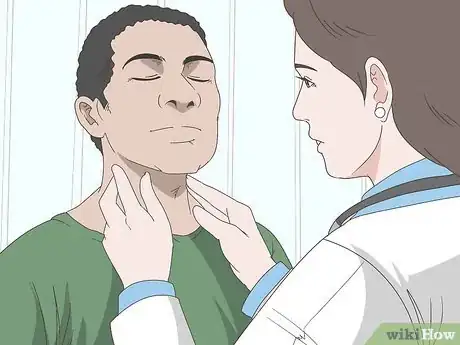
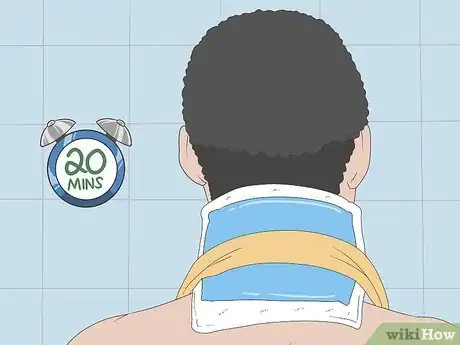
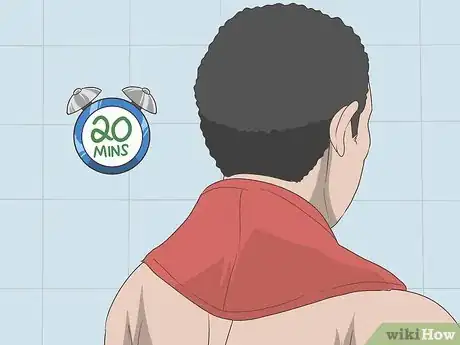
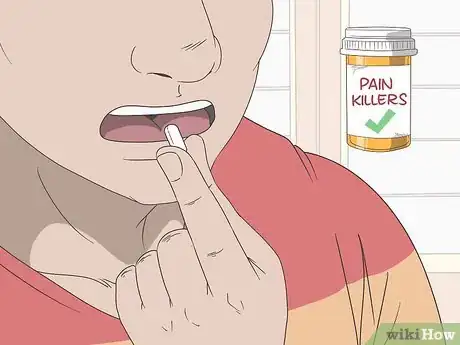
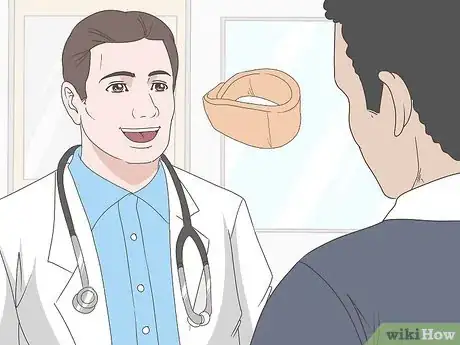
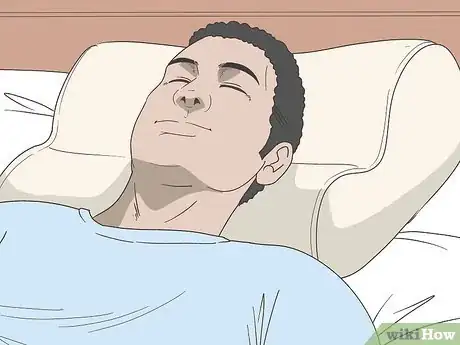
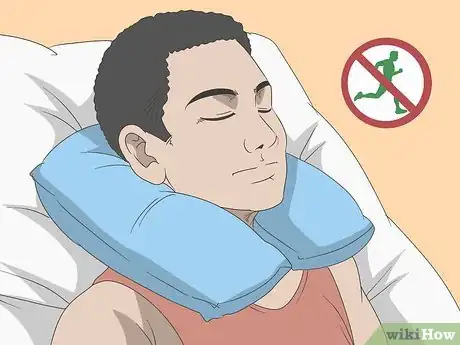
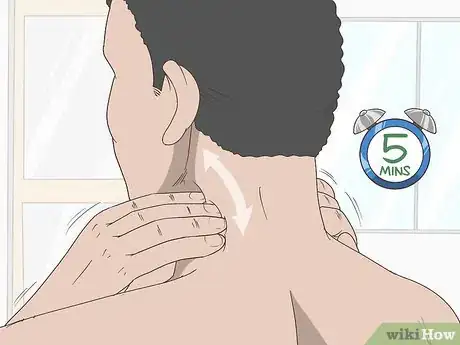
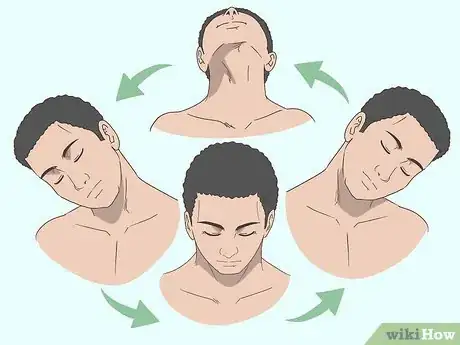

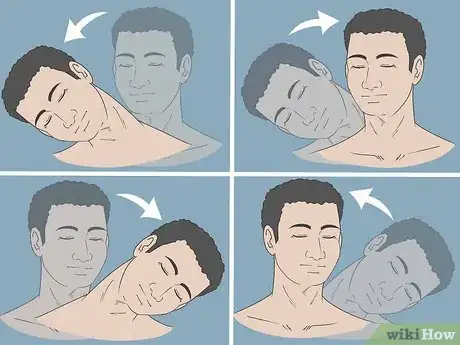
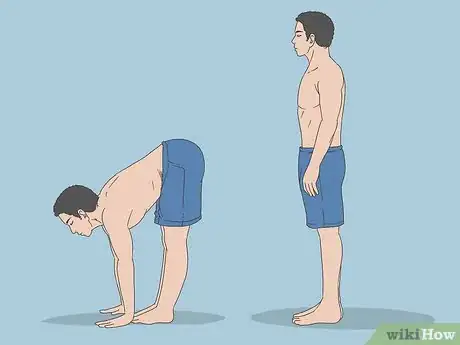
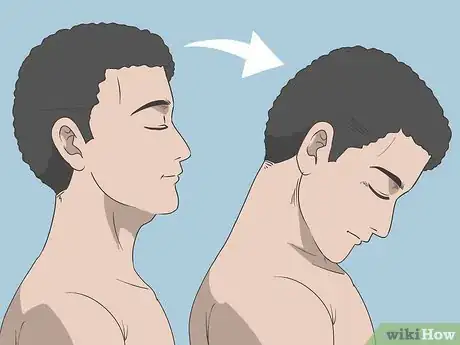







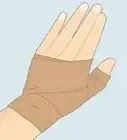


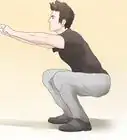



































Medical Disclaimer
The content of this article is not intended to be a substitute for professional medical advice, examination, diagnosis, or treatment. You should always contact your doctor or other qualified healthcare professional before starting, changing, or stopping any kind of health treatment.
Read More...